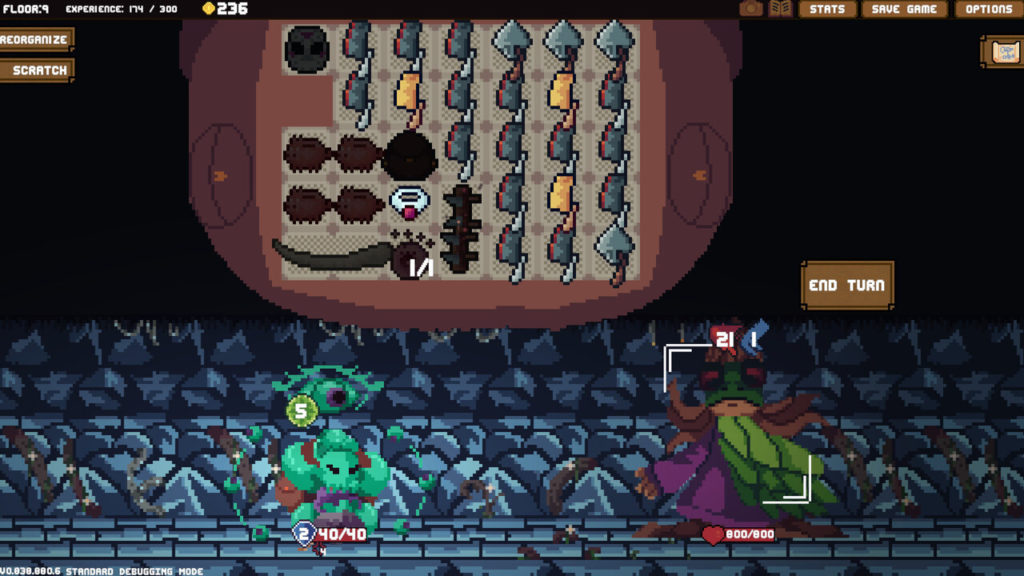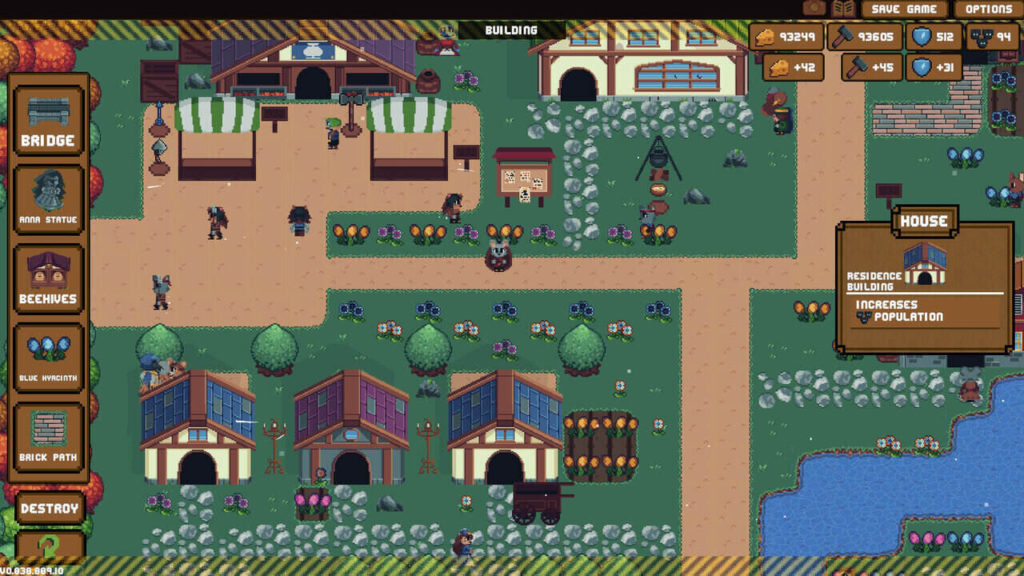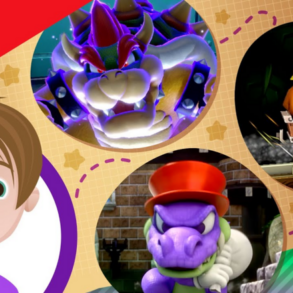It wasn’t all that long ago that Slay the Spire took the gaming world by storm and put deckbuilding games on the map, but if you’ve never really played a card game before it’s a pretty intimidating genre to get into. I personally don’t like the idea of people missing out on these seriously compelling and thoughtful video games, and until now there hasn’t really been an easy entry point for newcomers. Backpack Hero is that entry point, replacing cards with items in a backpack to make deckbuilding more accessible.
Purse is an adventurous little mouse, and when her mother disappears without a trace she immediately decides to search for her in the dungeon under her hometown of Haversack Hill. It doesn’t take long for her to discover her mum’s precious locket down in the depths, and decides to keep exploring until she finds out what happened to her. It’s not the most gripping story in the world, but it gets you ready to go off and fill your backpack.
Each run of Backpack Hero begins with you having a few set items in your backpack, which you’ll need to use to take down enemies. At a basic level this means using a sword in your bag to attack an enemy or using a shield to defend against an incoming attack. Each turn you have a set amount of energy that you can spend to use the items in your bag, and thanks to the fact that you can see incoming attacks in advance you can work out the best way to avoid incoming damage and take down the baddies. If you’ve played a game like Slay the Spire before it’s a similar setup to that, but instead of drawing cards you just pick whatever you want to use out of your trusty bag.

At the start of a dungeon run your bag will be a tiny three by three grid that barely fits your starting gear in, but by winning battles you can level up your backpack and extend it in any direction you want by a few squares. This means you’ll have more room to fit in various keys, single use potions and new bits of gear into your bag, as long as you don’t mind doing a bit of Resident Evil 4 style inventory management along the way.
What’s really interesting about Backpack Hero though is that the placement of the items in your backpack often dictates their power. For example a helmet might only give you extra block if placed at the top of your backpack, or a pair of shoes might give you bonus block for every space above it in the ever expanding bag. There are also gems that give a boost to the attack of all adjacent weapons, and pieces of leather armour that do the same for helmets and gloves. Nothing feels better than figuring out the perfect way to boost your power with a well arranged bag, and it’s never too overwhelming a task because everything you need to solve these inventory puzzles is visible on the screen at once.
Sometimes an item will come along that ruins your painstakingly arranging backpack though, but will be too powerful to pass up. Often more powerful gear will have certain traits that affect how it’s placed in your inventory too, like heavy items that sink to the bottom no matter where you stack them or floating items that do the opposite. It’s worth dealing with these issues to get an unbeatable build on a run though, especially with boss fights lurking around every corner.
Navigating the dungeon is rather simple really, and just involves you clicking on the room you want to enter which has a handy icon telling you what’s inside. There are battles, chests and shops all waiting to be discovered down in the depths, and although you never have to investigate everything (and are often forced to pick one of two paths) it’s always worth the risk to make Purse stronger.

Even early on in the game I was really impressed with the variety of viable gear options available to you in Backpack Hero. Sure you can probably win by just collecting the best sword and shield you can and muscling your way past foes, but you can also try to collect Cleavers which while weak initially can be powered up by carrying multiple. My personal favourite run involved me gathering a huge amount of armour and combining it with a helmet that hurt enemies every time they attacked me, which just felt unstoppable once I’d gathered all the right gear to cover myself in leather.
Now in the early hours of Backpack Hero each run will take you around twenty minutes, and probably you won’t really lose too often. This is because you need to succeed a few times to get the materials you need to build up Haversack Hill, because Backpack Hero is also a city builder. The items you come back to the surface with are exchanged for various currencies you need to build various houses, farms and churches needed to keep the villagers happy, and by doing that you’ll also unlock new items to find on your Roguelike runs, new areas of the depths to explore and new characters to play as.
Unfortunately the city building side of the game isn’t particularly well explained, and you’ll need to figure out for yourself which buildings are important and which are better left for a while. There’s a lot of depth to the building once you get past the first few hours, with buildings that boost different resources when placed next to certain decorations that can be used to really expand at a rapid rate.

The best thing you’ll get from the city building side of Backpack Hero though are quests from the villagers that give you different starting gear on your next trip to the depths. Taking on one of these quests will change how you play and what gear you have to prioritise on your next run, and they really force you to change up any stale strategies. Completing the quests bring extra rewards too, ensuring you always feel like you’re progressing.
I absolutely adore Backpack Hero, but it can’t be denied that the city building side of the game just isn’t quite as polished as the dungeon running. A few extra tutorials and slightly more intuitive controls could really improve it, but I always just wanted to rush back into the depths when I completed a run instead of wandering around town to hand in quests, sell my loot and build a new statue.
Backpack Hero is one of the most accessible entry points into the Roguelike Deck Building genre I have ever played, but it’s held back slightly by the city building side of the game. The way it makes inventory management such a crucial and engaging part of the game is truly inspired though, and if that appeals to you then grab that backpack and get ready to fight some nasties.
This post was originally published on this site be sure to check out more of their content.





